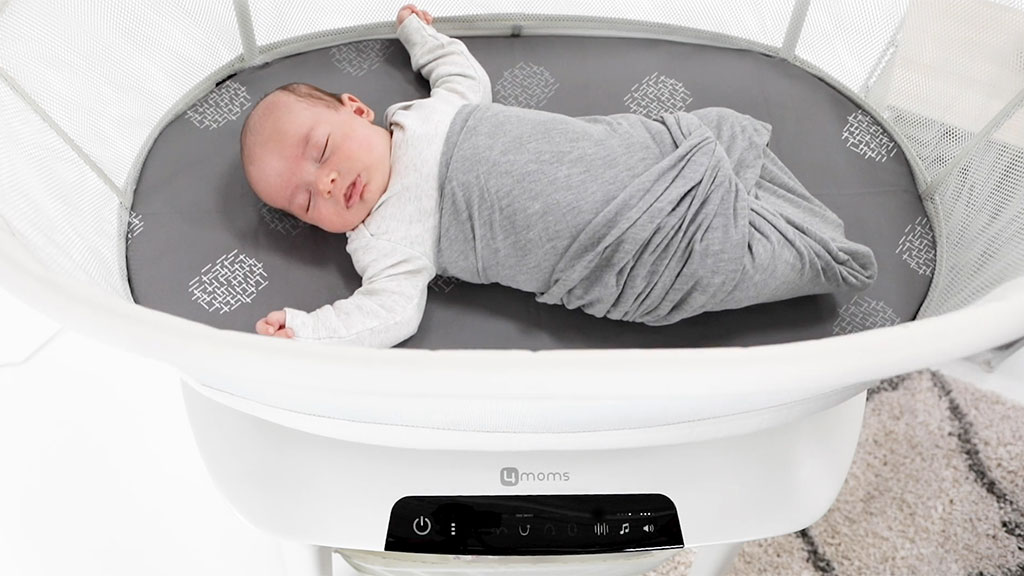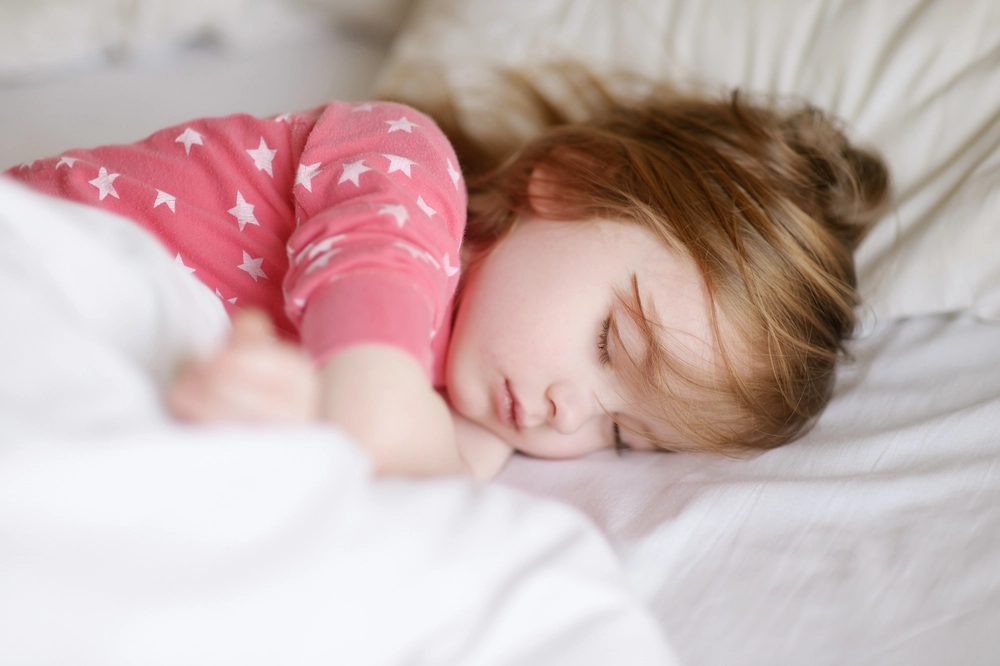You may be wondering how long your baby can sleep in a bassinet and how to decide when to switch to a crib if you’re expecting a child or are already deep into the fourth trimester.
How Long Can Baby Sleep In A Bassinet?
The majority of conventional bassinets can be used up until your child weighs 15 pounds or begins pushing himself up on his hands and knees, whichever comes first. Around 4 or 5 months, a lot of babies reach these milestones.
A lot of the newer bassinets have higher weight limits…
1. When Baby Starts Rolling Over?
When the baby starts to roll over on the or in the bassinet, it is a clear sign that your baby is ready for the transition from bassinet to the crib so you should immediately move them into the crib as soon as possible.
To prevent any mishaps, you should put the baby back to sleep in a secure position if you still intend to use the bassinet for an extended period of time.
During this time of transition, you can also engage in playtime or musical activities with your child to make the process easier for them.
2. Is Your Baby Comfortable In It?
Always make sure your baby feels comfortable in the bassinet, and make sure they don’t overgrow it. Many parents overlook the fact that a baby needs enough room in a bassinet to be comfortable.
A good rule of thumb is that your baby should always feel like they are sleeping on a bed. Your baby may start moving around excessively and become uncomfortable if the bassinet is too small. This can happen if they are lying down and are exposed to the sun.
If you have babies under the age of 6-8 months, make sure you choose a bassinet with enough space for them to grow into it. The top bassinets for large babies are listed below in case you want to purchase one.
Make sure the bassinet is sturdy and well-made to avoid any accidents or falls. While they are sleeping in it, your baby shouldn’t be able to topple over or fall out.
Make sure the sides are not too hard so that they do not hurt their heads while falling asleep or waking up during the night.
Risks Of Putting A Baby Sleeping In A Bassinet
For a few months after birth, newborns can sleep in the bassinet, but doing so for longer periods of time carries serious risks. The American Academy of Pediatrics (AAP) recommends that parents move their baby to a crib when they reach three months old. In fact, you might want to speak with your pediatrician if you’re unsure of how long your child should sleep in the bassinet.
There are two main risks associated with newborns sleeping in a bassinet: Suffocation and sudden infant death syndrome (SIDS). Although it has been demonstrated that when infants sleep in a crib, these incidents are less likely to occur, they still do.
1. Risk Of Suffocation
Your baby’s risk of suffocation is the number one concern when it comes to your baby sleeping in a bassinet.
Generally, the American Academy of Pediatrics recommends that babies sleep in their parents’ room until they reach six months old. This is due to the possibility of suffocation during those initial few months.
But you don’t have to worry too much about this risk if you follow certain guidelines. To prevent your baby from accessing any loose bedding or pillows, you could, for instance, cover her up with the mattress pad that was included with the bassinet. Additionally, make sure your bassinet is set up on a firm surface or mattress, has adequate ventilation, and is well-ventilated.
If these precautions are taken, then you shouldn’t have too many worries about your little one’s safety while sleeping in her bassinet.
2. Risk Of Airway Obstruction
A baby’s airway can become obstructed if they sleep in a bassinet for too long. This is due to the possibility that their head’s weight on the mattress or in the crib will result in a throat obstruction that will make breathing difficult.
To prevent this, experts suggest that babies should be switched from their bassinet to a crib when they reach six months old. In order to keep a baby’s airway open and prevent obstructions, the American Academy of Pediatrics (AAP) advises parents to switch their infant’s position every few hours.
Cribs are also safer than bassinets because they have rails that keep your baby from rolling out. However, the AAP advises parents to switch between bassinets and cribs until their baby is six months old if they prefer for their baby to sleep close to them rather than in his own room.

Which Bassinets Can Be Used The Longest?
You might be curious as to whether there are any bassinets with longer lifespans after observing how quickly a baby can outgrow a standard bassinet.
There are a few bassinets available on the market that can support a lot more weight, which is good news.
The bad news is that in most cases, the physical developmental milestones are the same
When Should The Infant Be Taken Out Of The Bassinet?
The ideal amount of time for a baby to be in a bassinet is subject to a wide range of theories. Some say that no place is safe from bed-sharing, so it’s best to keep them in the bassinet until they reach six months old. Others contend that since most newborns spend their first few months of life sleeping with their parents, it’s safer for them to do so in the same room as them.
If you’re not sure when to move your baby out of the bassinet, follow these guidelines:
- Before being moved, babies must be able to sit up without assistance.
- Your baby should be able to turn over while lying on her back without experiencing any discomfort or breathing issues.
- She shouldn’t be able to pull herself up just yet, but she ought to be able to lift her head off the mattress all by herself.
- At this age, your baby will probably nap twice a day, before lunch and after dinner.
- She might need five minutes of tummy time when your baby wakes up at night before going back to sleep.
If you decide to keep sharing a room with your baby after they outgrow their bassinet, you should either move them to a mini crib, a playard, or a full-size crib if there is space in your bedroom.
